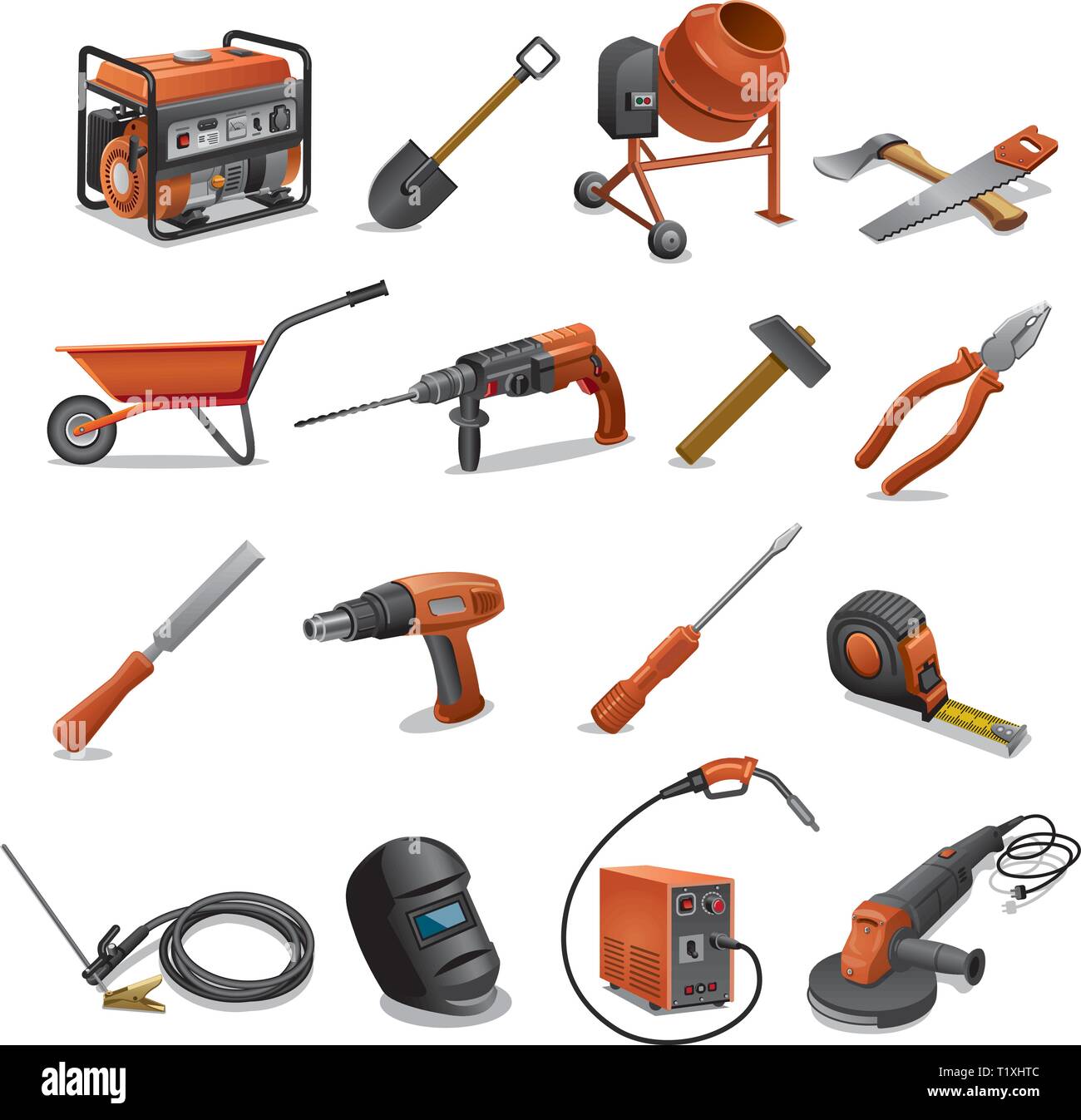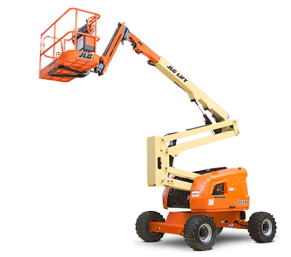Discovering the Financial Advantages of Leasing Building Tools Compared to Owning It Long-Term
The decision in between possessing and renting building and construction equipment is critical for financial management in the sector. Leasing offers instant expense savings and operational flexibility, permitting companies to assign sources much more efficiently. Comprehending these nuances is essential, particularly when taking into consideration exactly how they line up with particular job demands and monetary methods.

Cost Comparison: Renting Out Vs. Owning
When reviewing the monetary ramifications of renting versus having building and construction equipment, a detailed expense comparison is vital for making notified decisions. The option between possessing and renting can significantly influence a business's profits, and comprehending the connected prices is important.
Renting out construction devices commonly includes lower ahead of time costs, enabling companies to designate funding to other functional requirements. Rental expenses can accumulate over time, possibly exceeding the expense of ownership if equipment is required for a prolonged duration.
On the other hand, having building and construction devices calls for a significant initial investment, along with recurring costs such as depreciation, funding, and insurance policy. While ownership can bring about long-lasting savings, it also locks up resources and might not give the same level of flexibility as renting. Furthermore, possessing devices demands a dedication to its usage, which might not always align with task needs.
Inevitably, the decision to possess or lease should be based on a comprehensive evaluation of particular job needs, financial capacity, and long-term tactical objectives.

Maintenance Expenses and Obligations
The selection in between renting and having building equipment not only entails financial factors to consider yet likewise includes recurring upkeep expenditures and obligations. Owning devices calls for a considerable dedication to its maintenance, that includes routine assessments, repair work, and potential upgrades. These duties can rapidly gather, resulting in unexpected costs that can strain a spending plan.
In comparison, when leasing tools, upkeep is usually the obligation of the rental business. This plan enables specialists to stay clear of the monetary problem related to wear and tear, along with the logistical difficulties of organizing repair work. Rental contracts usually consist of stipulations for upkeep, indicating that contractors can concentrate on finishing projects as opposed to bothering with tools problem.
In addition, the diverse series of tools available for rental fee enables business to select the most current models with innovative modern technology, which can boost efficiency and efficiency - scissor lift rental in Tuscaloosa, AL. By selecting rentals, organizations can prevent the lasting obligation of tools devaluation and the linked maintenance migraines. Inevitably, examining maintenance expenses and responsibilities is critical for making a notified choice regarding whether to rent out or have building and construction devices, significantly impacting total task expenses and operational efficiency

Depreciation Influence On Possession

A substantial aspect to think about in the choice to own construction equipment is the impact of devaluation on general possession expenses. Depreciation represents the decline in worth of the devices gradually, influenced by aspects such as use, damage, and innovations in technology. As tools ages, its market worth reduces, which can dramatically affect the proprietor's financial placement when it comes time to trade the devices or market.
For building and construction firms, this devaluation can convert to substantial losses if the equipment is not made use of to its fullest possibility or if it lapses. Owners need to make up devaluation in their financial forecasts, which can bring about greater general expenses contrasted to leasing. In addition, the tax implications of depreciation can be complicated; while it may offer some tax obligation benefits, these are usually offset by the reality of decreased resale value.
Ultimately, the problem of depreciation emphasizes the importance of understanding the long-term economic dedication included in possessing building and construction equipment. Companies must thoroughly review how typically they will use the equipment and the possible financial effect of devaluation to make an enlightened decision about ownership versus renting out.
Economic Versatility of Leasing
Renting building and construction devices uses significant monetary versatility, permitting companies to designate resources extra efficiently. This flexibility is especially critical in a market defined by varying task needs and differing work. By choosing to rent, businesses can avoid the considerable resources outlay needed for acquiring equipment, preserving capital for other functional needs.
Additionally, renting out tools allows companies to customize their tools options to particular task needs without the long-term dedication related skip loader for rent to ownership. This suggests that companies can quickly scale their equipment supply up or down based on expected and present task demands. Consequently, this versatility reduces the risk of over-investment in equipment that may become underutilized or out-of-date with time.
An additional financial benefit of leasing is the possibility for tax obligation advantages. Rental repayments are commonly thought about general expenses, permitting for immediate tax deductions, unlike depreciation on owned tools, which is spread out over several years. scissor lift rental in Tuscaloosa, AL. This immediate expense recognition can additionally enhance a company's cash placement
Long-Term Project Factors To Consider
When reviewing the long-lasting needs of a construction organization, the choice between owning and renting equipment comes to be a lot more complex. Trick variables to take into consideration include project duration, regularity of usage, and the nature of upcoming tasks. For jobs with extensive timelines, buying tools might appear beneficial because of the potential for lower total costs. However, if the devices will certainly not be made use of regularly across tasks, possessing may bring about underutilization and unnecessary expense on maintenance, insurance policy, and storage.
The building industry is evolving rapidly, with new devices offering enhanced performance and security functions. This adaptability is specifically advantageous for organizations that handle diverse tasks requiring various kinds of equipment.
In addition, monetary security plays a crucial duty. Owning devices commonly requires significant capital financial investment and devaluation concerns, while over at this website renting enables for even more predictable budgeting and capital. Ultimately, the choice between having and leasing must be aligned with the tactical objectives of the building and construction business, considering both anticipated and existing job demands.
Final Thought
In verdict, renting building tools provides substantial financial benefits over lasting ownership. Ultimately, the decision to rent out instead than own aligns with the vibrant nature of building tasks, permitting for adaptability and accessibility to the latest tools without the monetary burdens linked with possession.
As equipment ages, its market value diminishes, which can substantially affect the owner's financial placement when it comes time to offer or trade the equipment.
Leasing construction equipment supplies considerable monetary adaptability, allowing firms to assign sources a lot more successfully.Additionally, leasing equipment enables companies to customize their tools options to details project requirements without the long-lasting commitment connected with ownership.In final thought, renting out building and construction devices provides substantial financial advantages over lasting ownership. Eventually, the decision to lease rather than important site own aligns with the dynamic nature of building and construction tasks, allowing for adaptability and accessibility to the most current tools without the monetary burdens connected with possession.